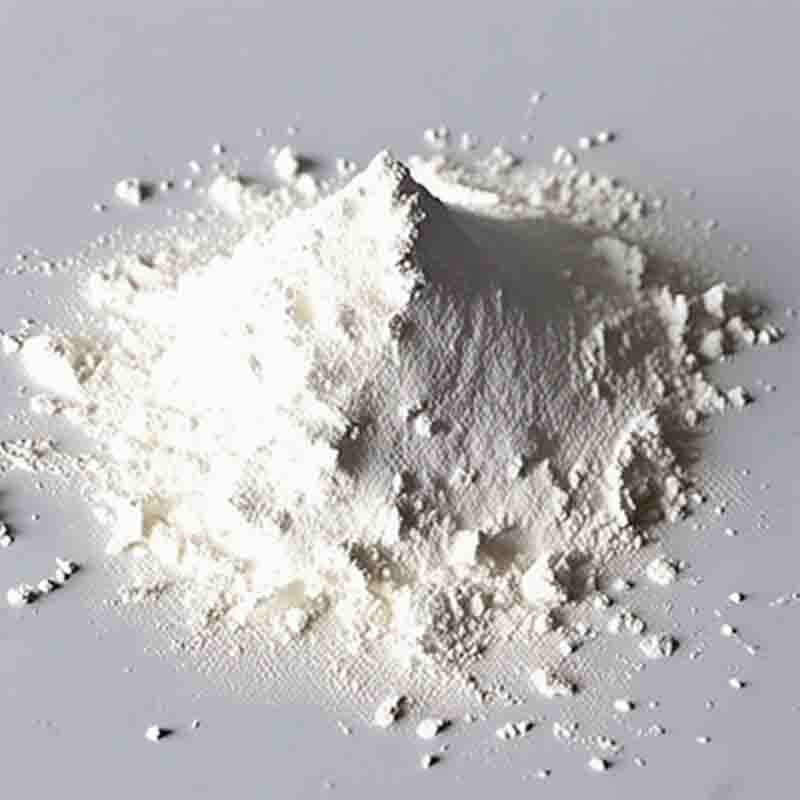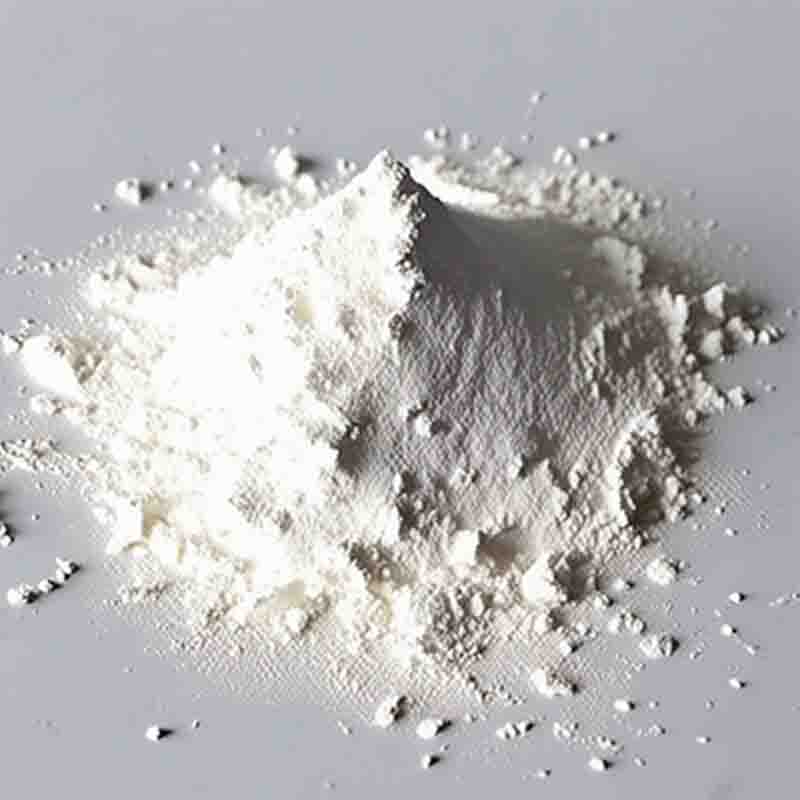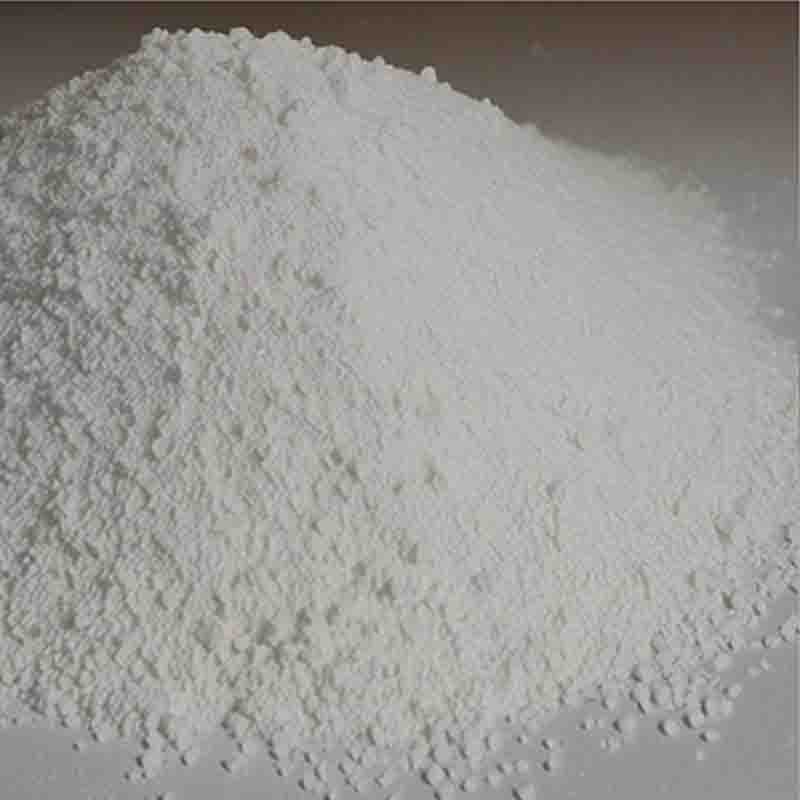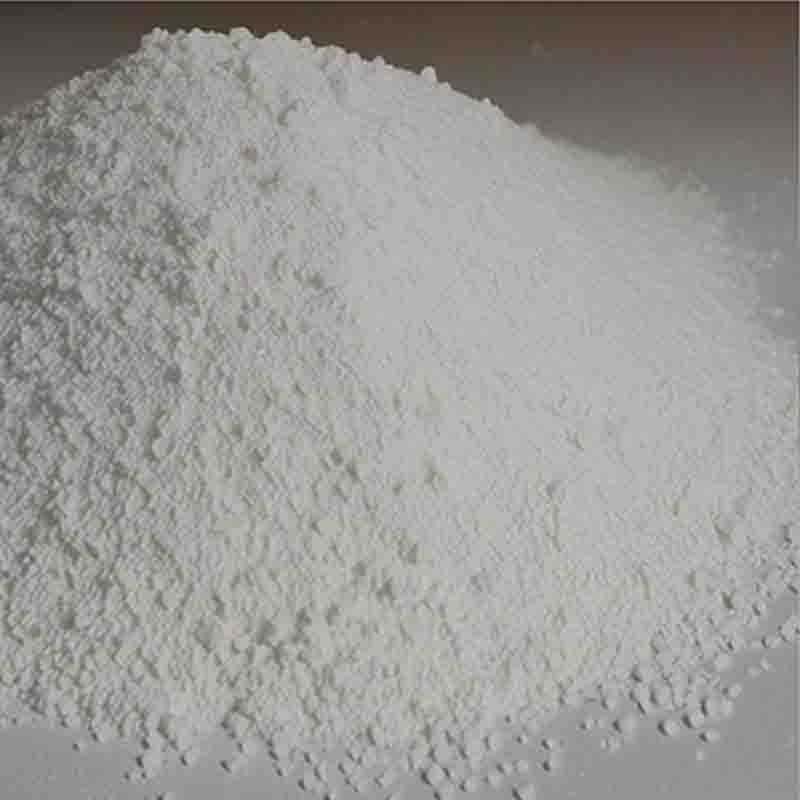3-Indolecarboxylicacidethylester CAS:776-41-0
| Catalog Number | XD95491 |
| Product Name | 3-Indolecarboxylicacidethylester |
| CAS | 776-41-0 |
| Molecular Formula | C11H11NO2 |
| Molecular Weight | 189.21 |
| Storage Details | Ambient |
Product Specification
| Appearance | White powder |
| Assay | 99% min |
3-Indolecarboxylic acid ethyl ester, also known as ethyl 3-indolecarboxylate, is a chemical compound with a unique structure and potential applications. In this 300-word explanation, we will discuss the effects and possible uses of 3-Indolecarboxylic acid ethyl ester.One effect of 3-Indolecarboxylic acid ethyl ester is its potential as a versatile building block in organic synthesis. The ester functionality of this compound allows for easy manipulation and modification, enabling its use in the synthesis of various complex organic molecules. It can serve as a key starting material for the preparation of pharmaceuticals, agrochemicals, and other fine chemicals. Chemists often take advantage of its reactivity and structural diversity to develop new compounds with interesting properties and potential applications.Additionally, 3-Indolecarboxylic acid ethyl ester has shown potential biological activities, making it an interesting compound in drug discovery research. Preliminary studies have indicated its antimicrobial, anti-inflammatory, and anticancer effects. For example, it has demonstrated antimicrobial activity against various bacteria and fungi, suggesting its potential as a new antibiotic or antifungal agent. Its anti-inflammatory properties make it a candidate for the development of drugs targeting inflammatory diseases. Furthermore, its anticancer effects have been investigated, highlighting its potential as a lead compound in cancer therapeutics. Further research is necessary to fully understand the underlying mechanisms and optimize its activity.In addition to its effects in biological systems, 3-Indolecarboxylic acid ethyl ester has also been studied in other areas of chemistry. It has been used as a ligand in coordination chemistry due to its ability to coordinate with transition metals. These complexes often exhibit unique catalytic properties, contributing to the development of new and efficient synthetic methodologies. The diverse range of reactions possible with these complexes shows promise for applications in various fields, including the pharmaceutical and chemical industries.It is important to note that the effects and applications of 3-Indolecarboxylic acid ethyl ester can vary depending on its specific derivatives, concentration, and conditions of use. Furthermore, safety considerations and proper handling procedures should be followed to prevent potential risks to human health and the environment. Additional research and evaluation are necessary to fully understand the potential benefits and limitations of this compound in different applications.In conclusion, 3-Indolecarboxylic acid ethyl ester exhibits diverse effects and holds potential applications in organic synthesis, drug discovery, and coordination chemistry. Further research is needed to explore its full range of applications and to assess its safety and efficacy. With continued investigation, this compound could contribute to the development of new drugs, catalysts, and other fine chemicals with important applications in various scientific fields.


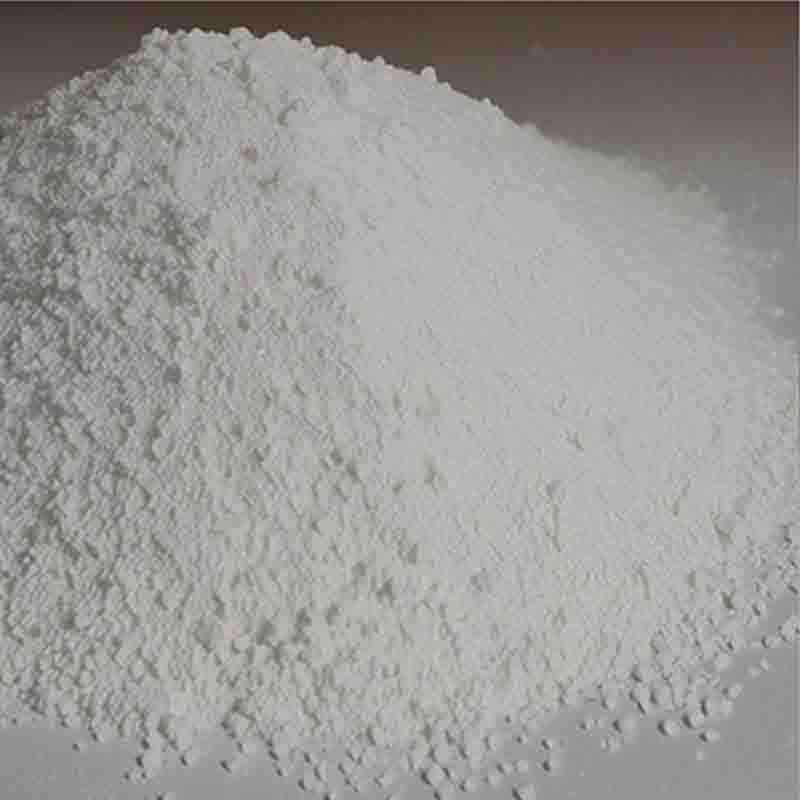

![Bis[Tris(2-methylphenyl)phosphine]palladium CAS: 69861-71-8](https://cdn.globalso.com/xdbiochems/白色粉末2668.jpg)
